
The EMEAT Team
Sales, Purchasing, RiskManagement
We simplify data analysis and interpretation with user-friendly, affordable, and customizable tools. Our market data, analytics, and insights empower everyone in the North American meat industry, from ranchers, feedlot operators, and meat packers to retailers and food service companies.
 Transform Your Meat Sales with Your Own Auction Platform — Powered by MAH
Transform Your Meat Sales with Your Own Auction Platform — Powered by MAHIn today's competitive meat industry, relying solely on middlemen or traditional sales channels can limit your growth. Producers and distributors need modern tools that provide control, flexibility, and direct access to buyers . That's where Meat Auction House (MAH) steps in — giving you the po...
 Types of Pork Sales and Reporting Frequencies
Types of Pork Sales and Reporting FrequenciesThis section provides an overview of the different types of wholesale pork sales reported in the U.S. market, each defined by how the price is determined and the delivery time agreed upon between packers and buyers. The accompanying table shows the frequency with which each type of sale is reported...
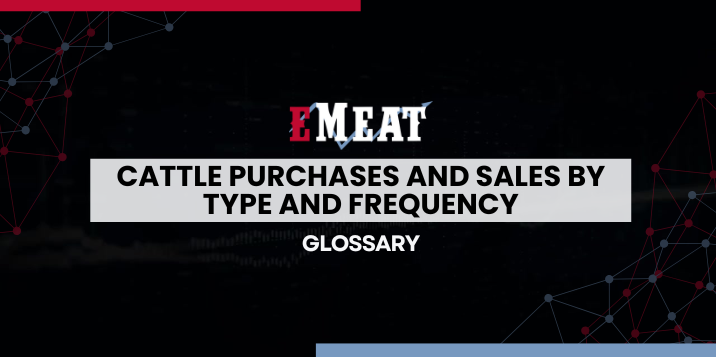 Cattle Purchases and Sales by Type and Frequency
Cattle Purchases and Sales by Type and FrequencyThis section provides an overview of beef cattle purchasing methods — including Negotiated, Formula, and Negotiated Grid — along with their definitions and pricing mechanisms. It also breaks down the frequency of reported sales across different quality grades and sale types, offering insights into ...
 Pork Primal Cuts Information
Pork Primal Cuts InformationBelow is a summary of key pork cuts and terms commonly used in wholesale markets, pricing reports, and meat processing operations. Understanding the different primal and subprimal cuts of pork is essential for anyone working in the meat industry. Each cut has distinct characteristics in terms of te...
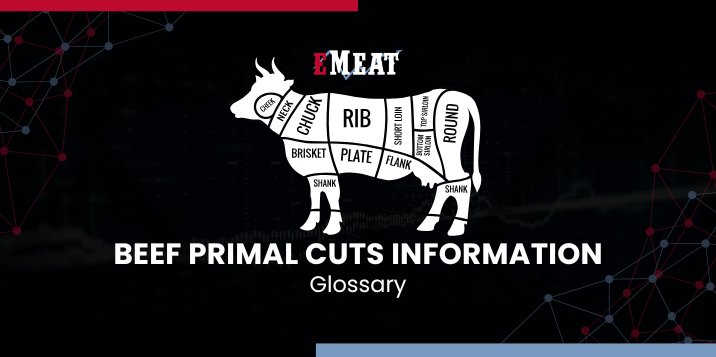 Beef Primal Cuts Information
Beef Primal Cuts InformationUnderstanding the different primal and subprimal cuts of beef is essential for anyone working in the meat industry. Each cut has distinct characteristics in terms of tenderness, fat content, and culinary use. Additionally, industry terms like cutout value , composite , and beef trimmings help a...
 Classes of Swine
Classes of SwineThe table below provides definitions for the primary classes of swine , based on sex and reproductive status. These classifications, established by the USDA, are essential for accurately identifying and categorizing pigs within the industry—whether for breeding, production, or meat quality purpose...
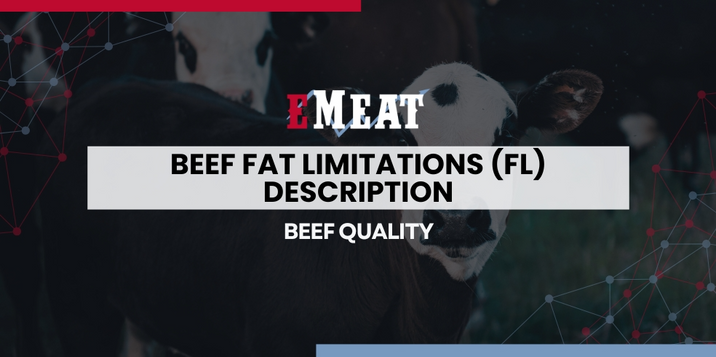 Beef Fat Limitations (FL) Description
Beef Fat Limitations (FL) DescriptionThe following table outlines the Beef Fat Limitations (FL) as defined by USDA standards. Each level indicates the maximum average fat thickness and the maximum fat allowed at any single point. These classifications help ensure consistency in the quality and presentation of beef cuts. Source: U...
 FAQs About Pork
FAQs About Pork1. What is the definition of pork prices? The prices published by EMEAT are wholesale prices as reported by U.S. packers in accordance with the USDA's Agricultural Marketing Service (AMS) Livestock Mandatory Reporting (LMR) program. USDA AMS presents the reported pricing data in two series: i) FO...
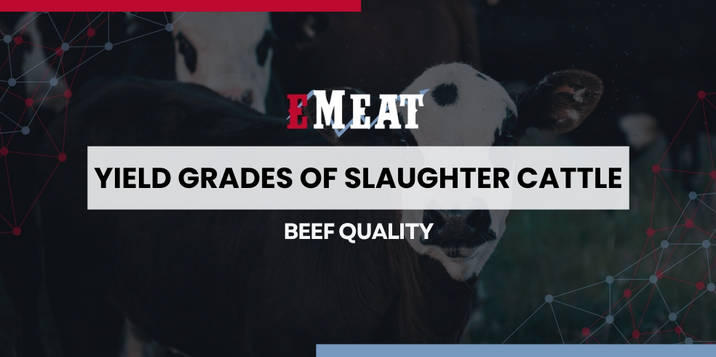 Yield Grades of Slaughter Cattle
Yield Grades of Slaughter CattleGrade 1 Yield Grade 1 slaughter cattle produce carcasses with very high yields of boneless retail cuts. Cattle with characteristics qualifying them for the lower limits of Yield Grade 1 (near the borderline between Yield Grade 1 and Yield Grade 2) will differ considerably in appearance because of ...
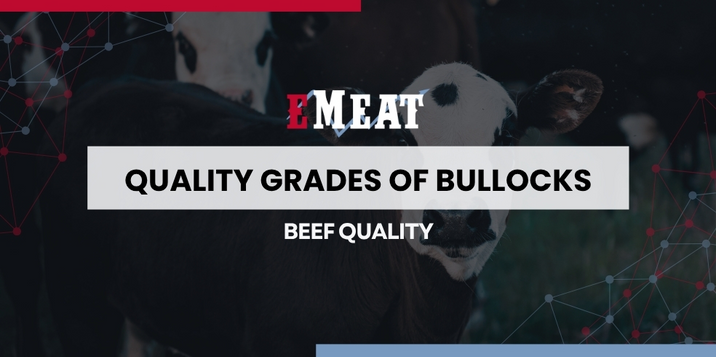 Quality Grades of Bullocks
Quality Grades of Bullocks1. Prime Slaughter bullocks possessing the minimum qualifications for the Prime grade have a moderately thick but smooth covering of fat which extends over the back, ribs, loin, and rump. The brisket and flanks show a marked fullness and the muscling is firm a. Bullocks qualifying for the minimum...
Copyright © 2021-2025. All rights reserved
This website stores cookies on your computer. These cookies are used to collect information about how you interact with our website and allow us to remember you. We use this information in order to improve and customize your browsing experience and for analytics and metrics about our visitors on this website. To find out more about the cookies we use, see ourPrivacy Policy.